What not to miss out on
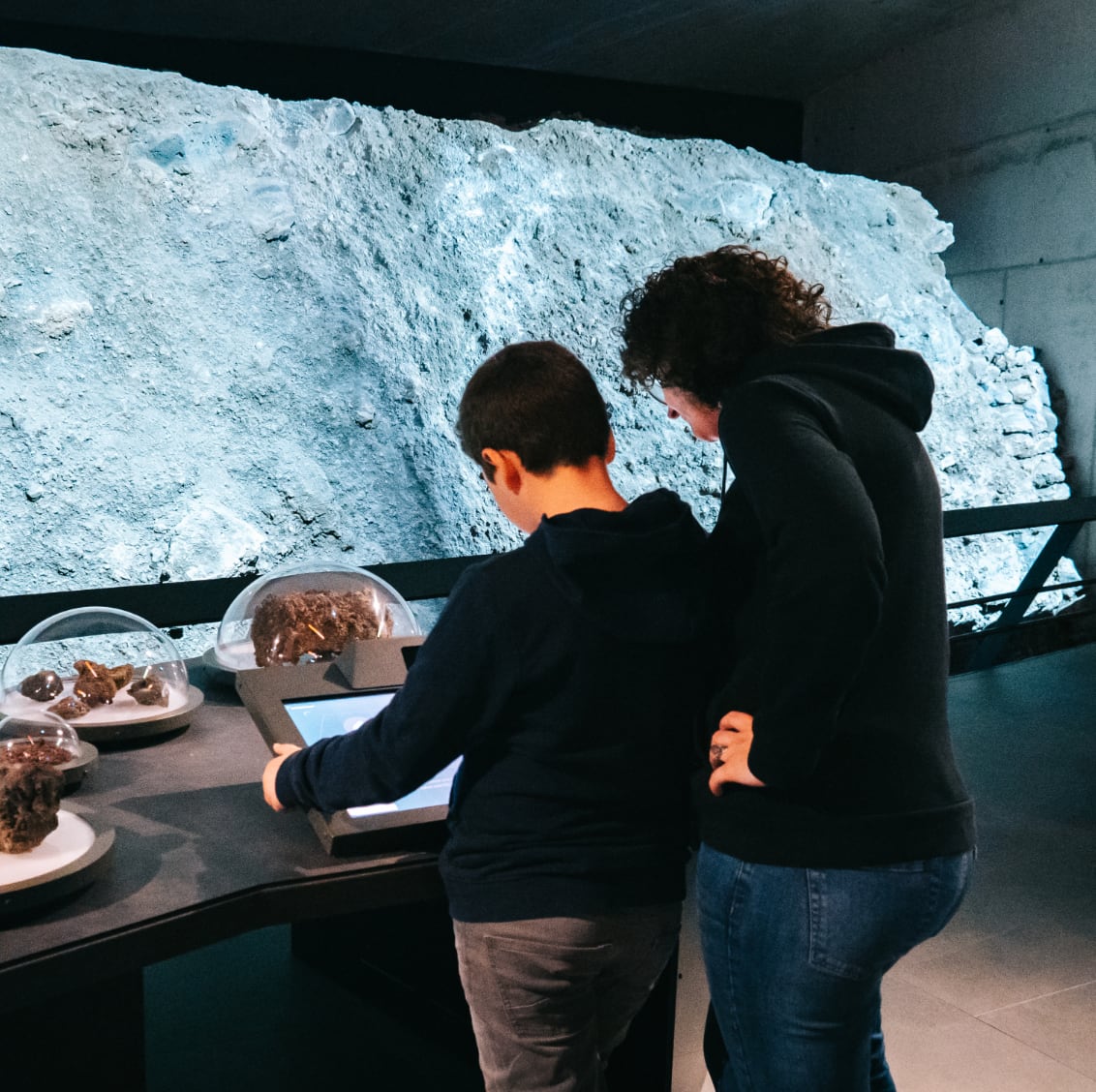
The benchmark exhibition on the world of volcanoes
A museum space in the city of Olot dedicated to volcanoes, volcanic landscapes, mankind’s relationship with his surroundings and reflections upon sustainability and climatic change, all using the most cutting-edge technology and embedded at the foot of the Puig del Roser volcano.
Espai Cràter aims to promote knowledge about volcanoes, science and society. It features a fully interactive, innovative exhibition that teaches us about la Garrotxa’s volcanoes and other volcanoes from around the world, as well as about the unique relationship between volcanoes and their surroundings.
Proposed route
A walk to Montsacopa volcano.
Meeting Point
Olot Tourist Information Centre.
Suggested activity
Note the structure of the building and the underground entrance. Espai Cràter is embedded inside the Puig del Roser volcano.
See more
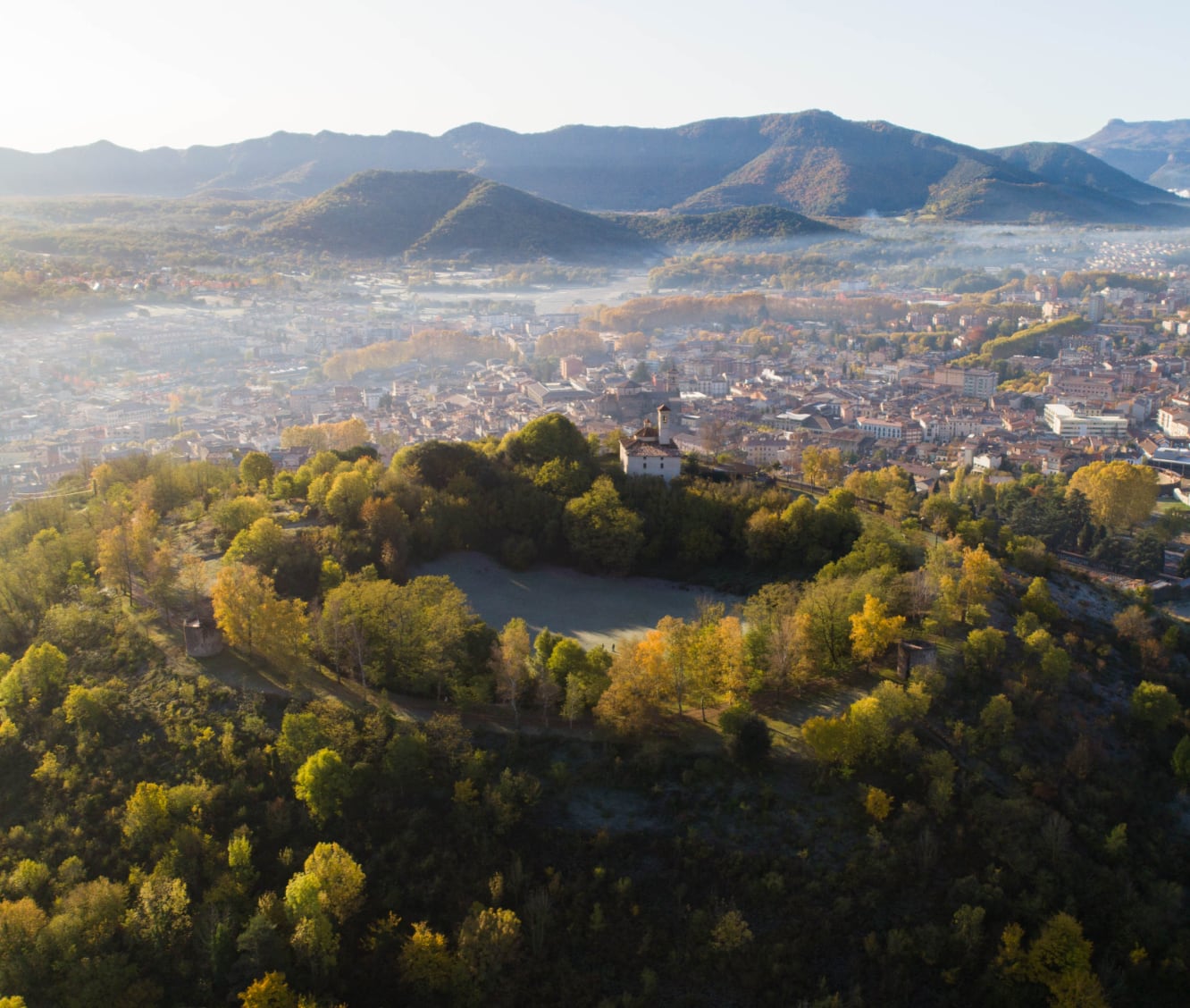
Olot’s urban volcano
An icon of Olot, Montsacopa is shaped like a standard volcano with a cinder cone and a round crater at the summit, from which you can enjoy unbeatable 360º panoramic views of Olot and the Alt Empordà.
Proposed route
We suggest a walk to the top of the volcano, passing through the Museum Space that comprises the clay quarries, the two watchtowers, and the fort adjoined by the chapel of Sant Francesc. Inside the fort, there is a restaurant that overlooks the city.
Meeting Point
Olot Tourist Information Centre.
Suggested activity
Try to identify the different types of volcanic rock (ash, lapilli or blocks) from their size and shape (cinders and bombs). Feel their weight and note the pores created by the gas.
See more
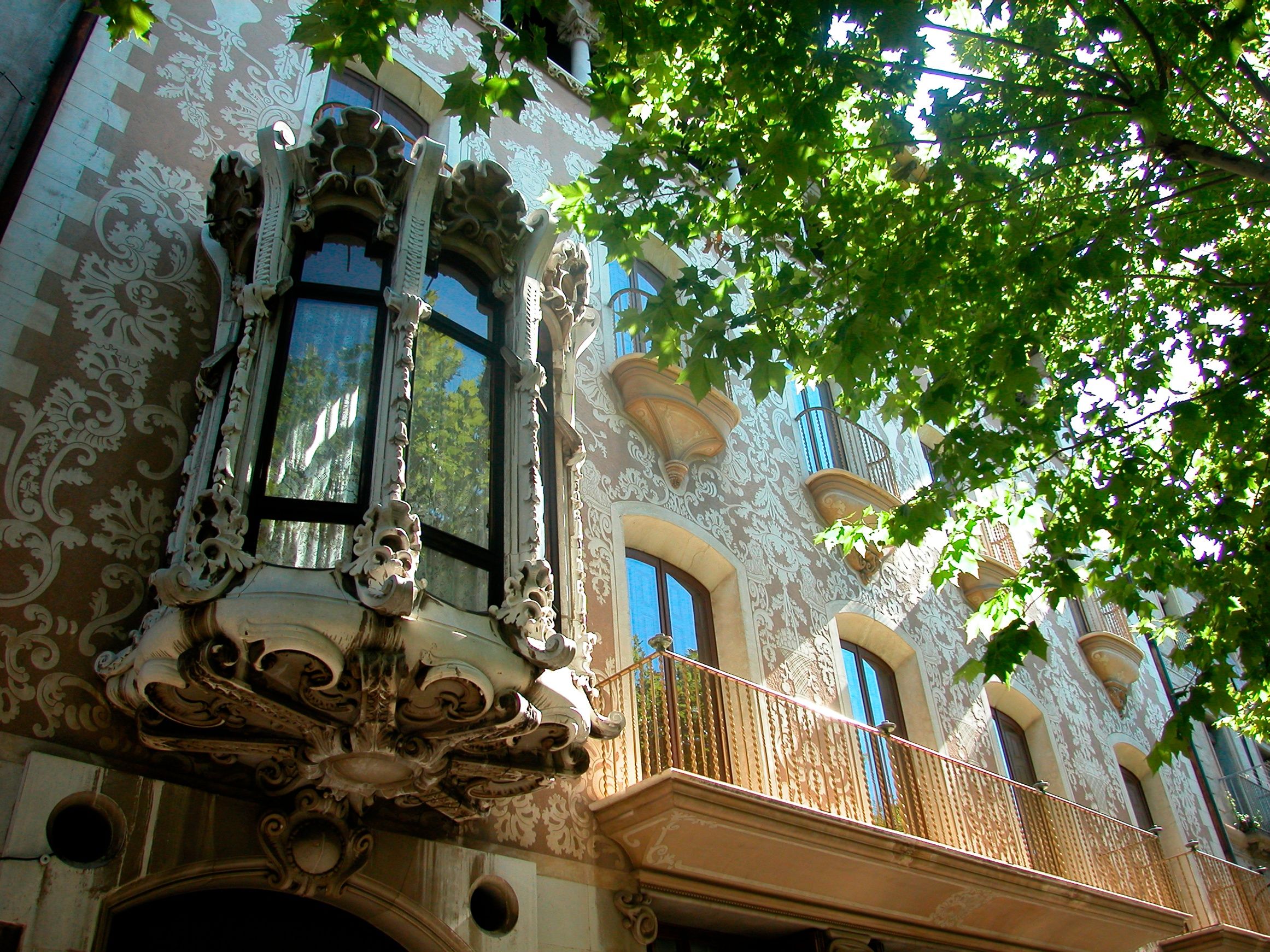
Catalan Modernism at Street Level
Located on the Passeig de Miquel Blay, the Solà-Morales house was designed by the architect Lluís Domènech i Montaner. Of particular interest is the decoration of its façade, which was renovated to convert two separate buildings into a large town house. During the reforms, which took place between 1913-1916, many of the façade’s original features - such as Agostino Barelli’s Baroque sgraffiti - were preserved. New features were also added, such as the large balcony, the tribune, and the eaves and arcaded gallery on the upper floor. The two caryatids supporting the pillars at the lower centre were created by the sculptor Eusebi Arnau.
Proposed route
A circular walk through the old town of Olot to see the city’s most noteworthy Modernista (Catalan Modernism) buildings.
Meeting Point
Olot Tourist Information Centre.
Suggested activity
Count how many different animals you see on the façade of the Casa Gaietà-Vila. Can you tell what they are?
See more
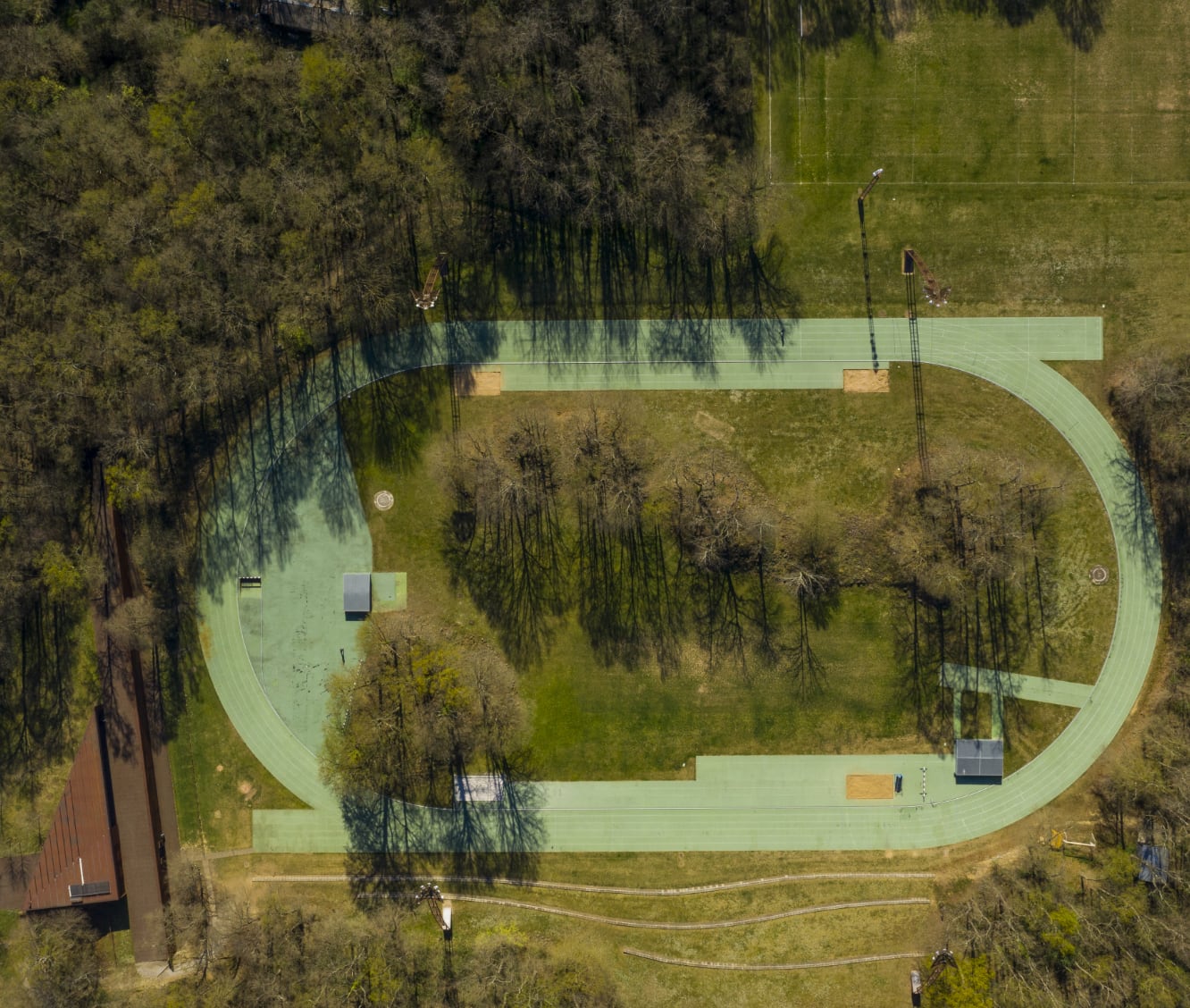
A fusion of the environment and architecture
The athletics stadium was designed by RCR - an architect's studio founded in 1987 with its headquarters in the city of Olot. In 2017 the studio was awarded the Pritzker Prize - the Nobel prize of international architecture.
RCR’s work is characterised for its constant endeavour to create a discourse with the surrounding environment – to form a point where landscape and architecture become one.
The athletics track is perfectly integrated with the surrounding countryside and topography. A key feature includes the lanterns that connect the track and the entrance to the stadium with the main building, which boasts a range of sports facilities.
Proposed route
The stretch of the cycle lane or via verda (greenway) from Olot’s former train station to the municipal athletics stadium.
Meeting Point
Olot Tourist Information Centre.
Suggested activity
Observe the trees surrounding the athletics stadium and note how the woodland integrates with the architecture.
See more
Olot’s breathtaking park
Parc Nou, or “the Botanical Garden” as it is also known, is an outstanding green space right in the heart of Olot, with a signposted walking route that allows you to discover the Alt Empordà’s most typical and significant trees, shrubs and plants. The park boasts a mobile library dedicated to the Natural Park, where you can find out about the area’s volcanic surroundings, and a café where you can enjoy the song of the local robins and take in the splendour of nature.
Proposed route
A stroll through the Malagrida neighbourhood until reaching Parc Nou.
Meeting Point
Olot Tourist Information Centre.
Suggested activity
Try to find four different types of tree, four medicinal plants, and four different species of animal. This natural diversity is very characteristic of Parc Nou.
See more
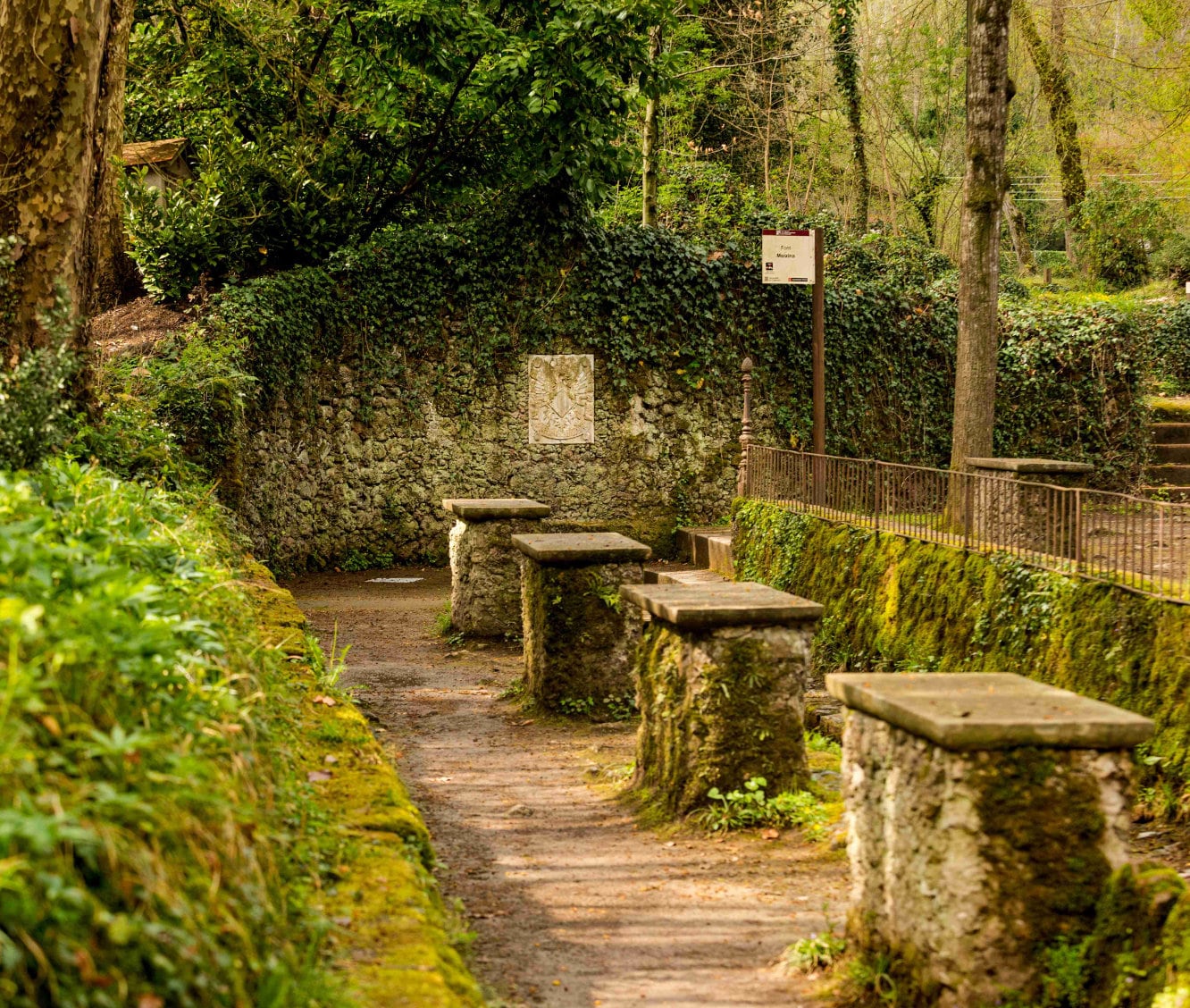
A painter's paradise
La Moixina is an area of exceptional scenic beauty lying just a few kilometres from the centre of Olot. The name comes from aiguamoix, meaning “marsh” in Catalan, and as this suggests, the area is made up of wetlands. It boasts a climate much in keeping with the surrounding volcanic area: damp ravines with lush woodlands, a huge array of plants and shrubs and protected flora and fauna. The area comprises the Moixina and Bufaganya fountains, the chapel of la Salud, the wetlands and the moist oak forests. A place to relax, engage with nature and delight in the breathtaking verdant surroundings.
Proposed route
Follow the green route on Olot’s tourist map to Les Mores park and through the Triai fields, which will lead you across to La Moixina’s breathtaking nature spots.
Meeting Point
Olot Tourist Information Centre.
Suggested activity
Embrace the wetlands of La Moixina. You can race pooh-sticks in the streams, practice plein-air painting like the former artists of the Olot School of Landscape Painting, read a book, listen to the birdsong, collect water from the fountains etc.
See more
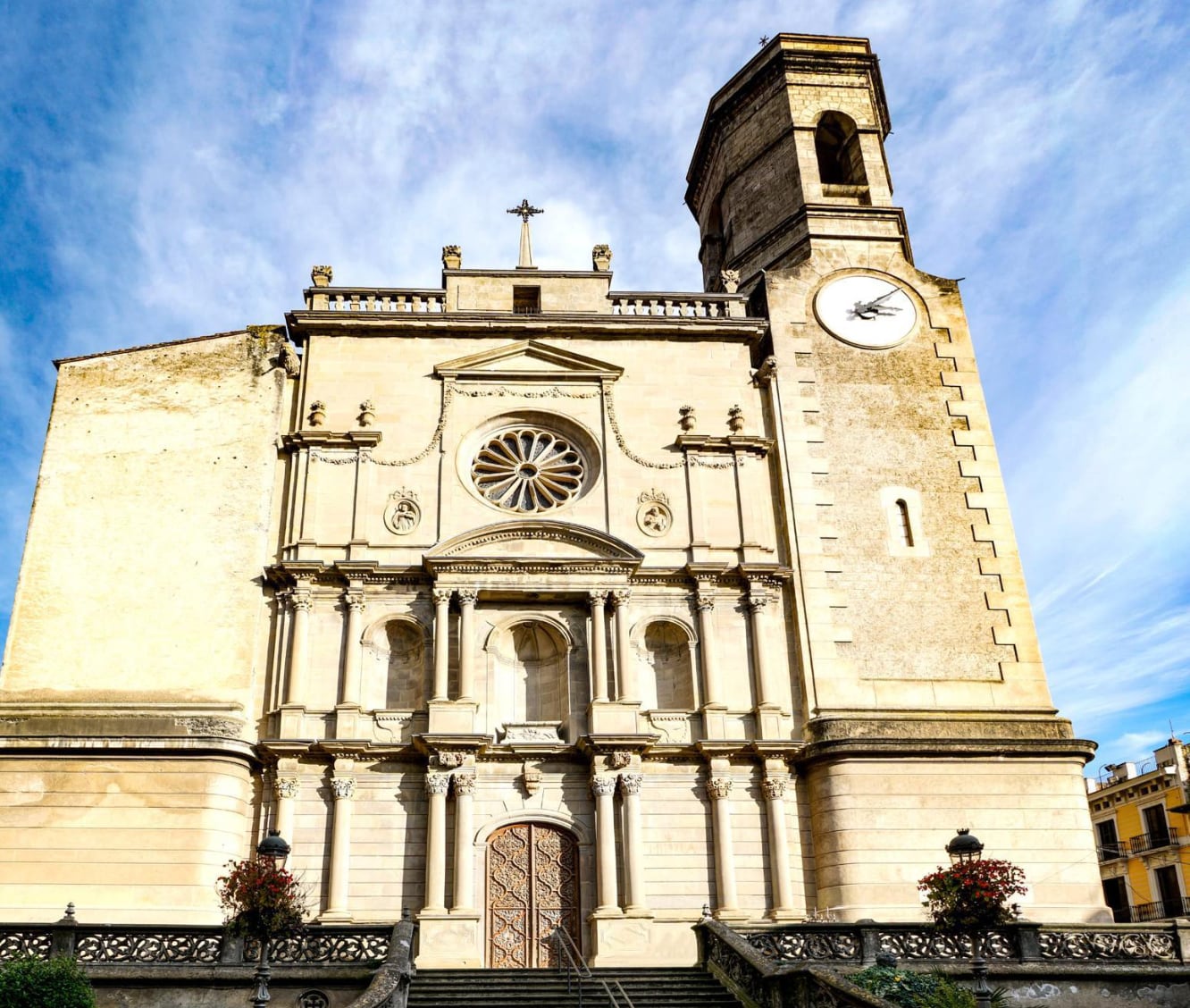
A baroque gem just waiting to be discovered
Although records of the Basilica date back to the year 977, the present building is dated 1763 and was designed by Blai de Trincheria. Inside the church is the Parochial Treasury Museum, whose wonders include an original El Greco painting - Christ Embracing the Cross, precious goldwork and silverwork, gothic and baroque altarpieces and a headstone featuring inscriptions from a Jewish community that had fled from Béziers. Key features of the Basilica itself include two baroque altarpieces created by Pau Costa, the paintings and baldachin by the artist Joan Carles Panyó, a sculpture of Our Lady of Sorrows by Ramon Amadeu, and another sculpture of Saint Stephen by Josep Clarà.
Proposed route
A walk through the old town of Olot to discover its history.
Meeting Point
Olot Tourist Information Centre.
Suggested activity
Find out the names of the three saints who once occupied the now-empty niches of Sant Esteve Basilica's façade (the stone sculptures were destroyed in the Civil War). There is also a balcony at the top of the church with a very unique name…
See more
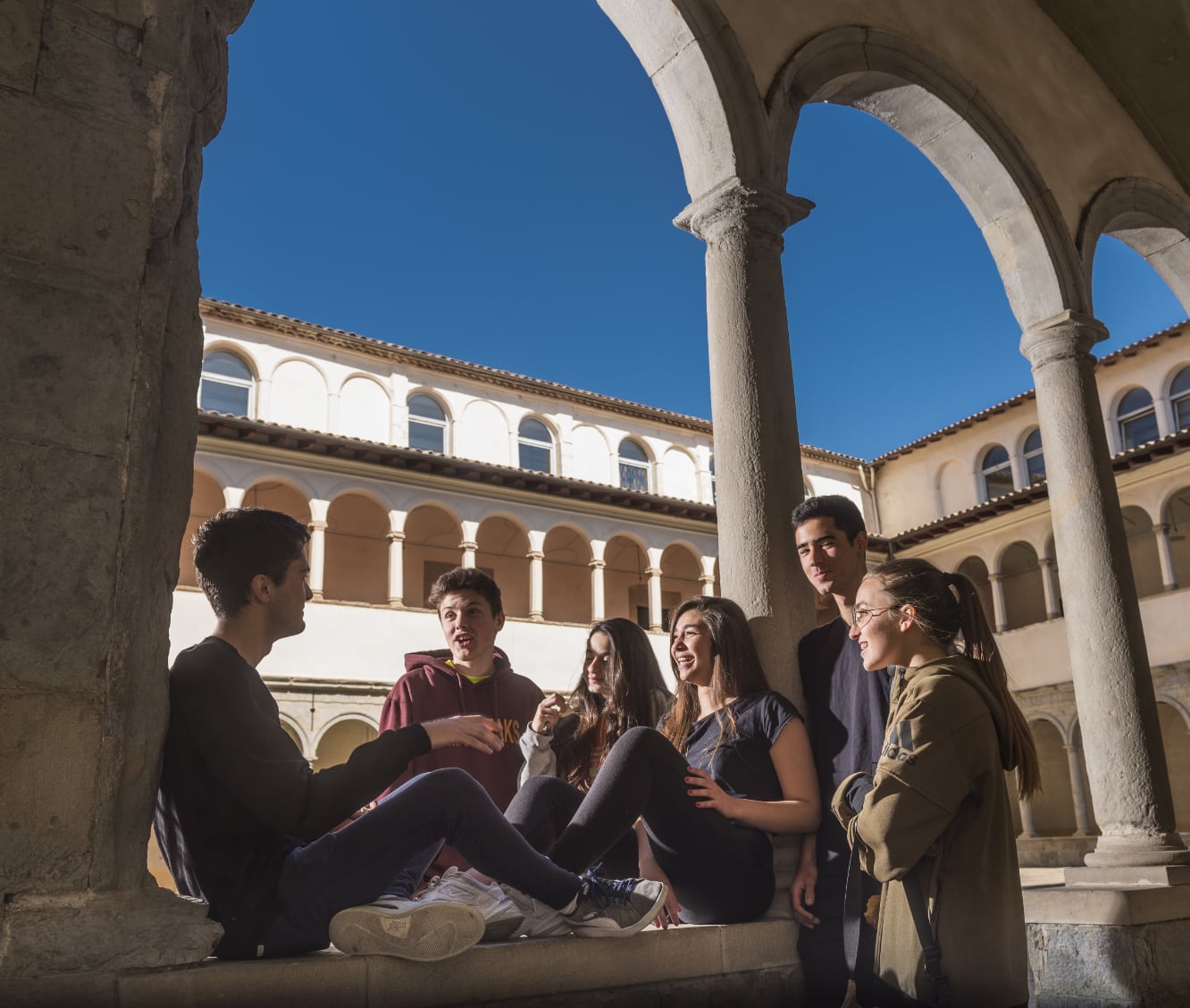
The Renaissance in the old town
A cultural treasure of national interest, this is one of the few remaining Renaissance cloisters in Catalonia. Built by Llàtzer Cisterna at the end of the 16th century, the cloister takes the form of an irregular square, and consists of two floors which follow the classical order in their arrangement of capitals and friezes. The Convent of Carmen and its cloisters were the first buildings to be constructed outside of Olot’s city walls, following the earthquakes that took place in the 15th century.
Proposed route
A walk through the old town of Olot to discover its history.
Meeting Point
Olot Tourist Information Centre.
Suggested activity
Triglyphs and metopes are the Greek names for the horizontal decorative panels on the friezes above the arches. What images can you see sculpted on them?
See more

A benchmark for Olot’s artists
A must-see museum that bears testament to a land of art and artists inspired by the fusion of landscape, volcanoes and tradition. Since the end of the 18th century, the museum has amassed a chronologically arranged collection of arts and crafts that bring us right through to the present day. Highlights include works from the Olot School of Landscape Painting, featuring artists such as Joaquim and Marian Vayreda and Josep Berga i Boix, La Carga (The Charge) by Ramon Casas, and sculptures by Miquel Blay, Josep Clarà and Leonci Quera. A museum of the highest order, it forms part of the collective of the National Art Museum of Catalonia (MNAC).
Proposed route
A pleasant walk via Olot’s three museums (the Garrotxa Museum, the Museum of the Saints and the Trincheria House Museum).
Meeting Point
Olot Tourist Information Centre.
Suggested activity
Observe the painting La Carga. Listen carefully to the explanations given by the audio guide. Identify the changes Ramon Casas made to the painting between 1900 and 1902.
See more
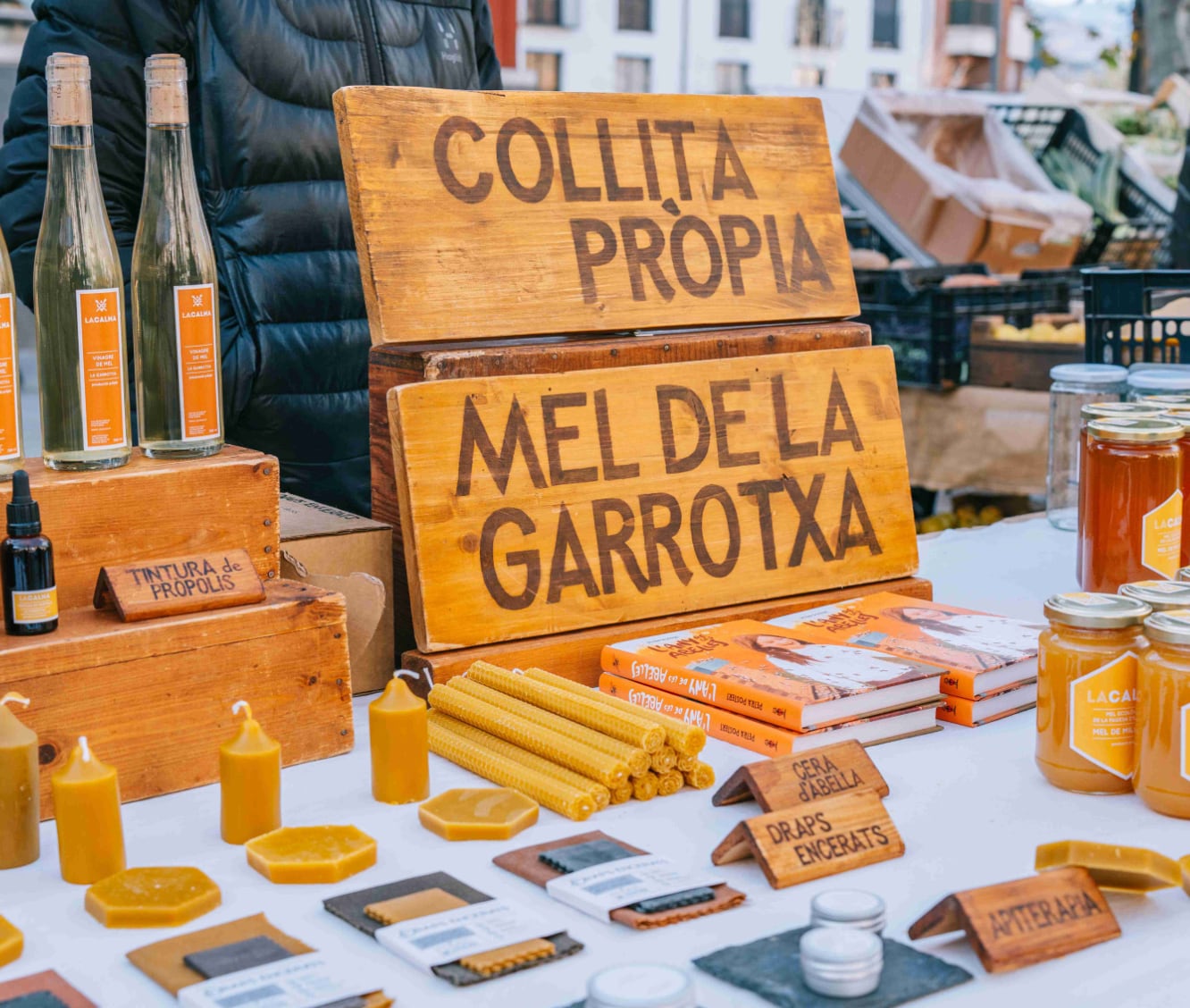
A wealth of local produce
Olot’s market building was designed by the local architecture studio LAND Urbanisme i Projectes SLP (Simó Roca, Esteve Corominas and Miquel Capde-vila), and is known as the “Shade House”: a glass building that maintains the temperature of its quality, locally sourced food products in both winter and summer. The stalls are organised through an association made up of producers and distributors. This is a visit that will tantalise all five senses.
Proposed route
Starting next to Olot’s Tourist Information Centre, and taking a stroll through the centre of Olot.
Meeting Point
Olot Tourist Information Centre.
Suggested activity
Commerce has always been a thriving industry in Olot. Take a look at the signs on the shops, and you’ll find some that are already listed as historical and cultural assets.
See more
